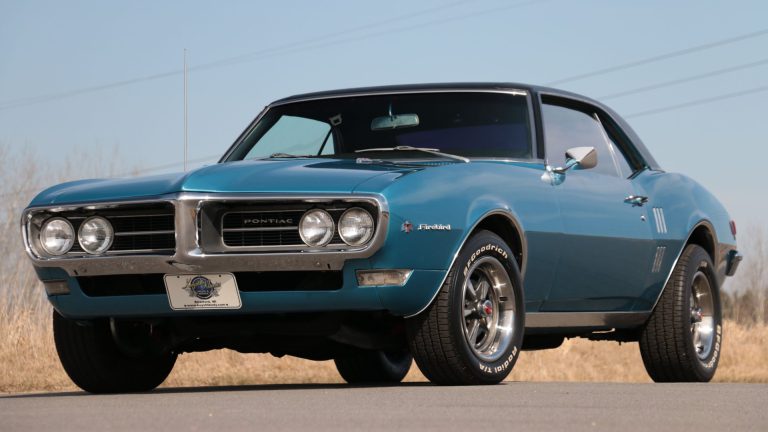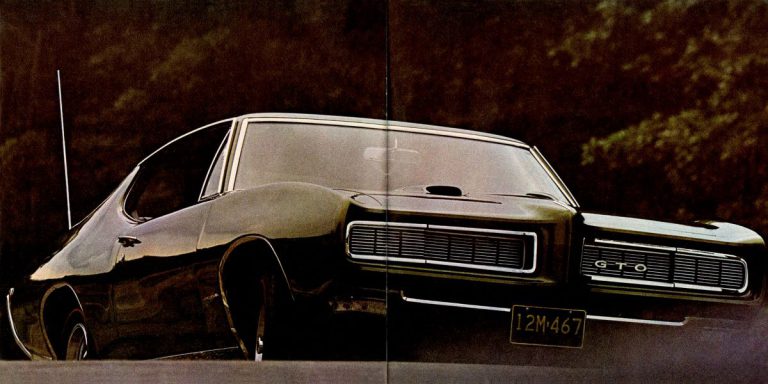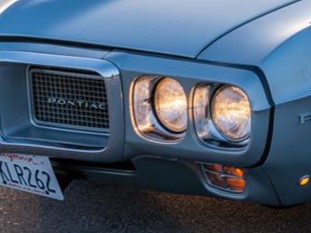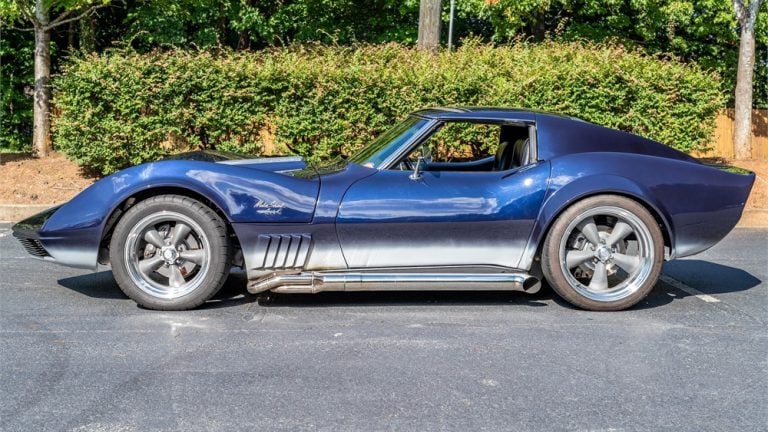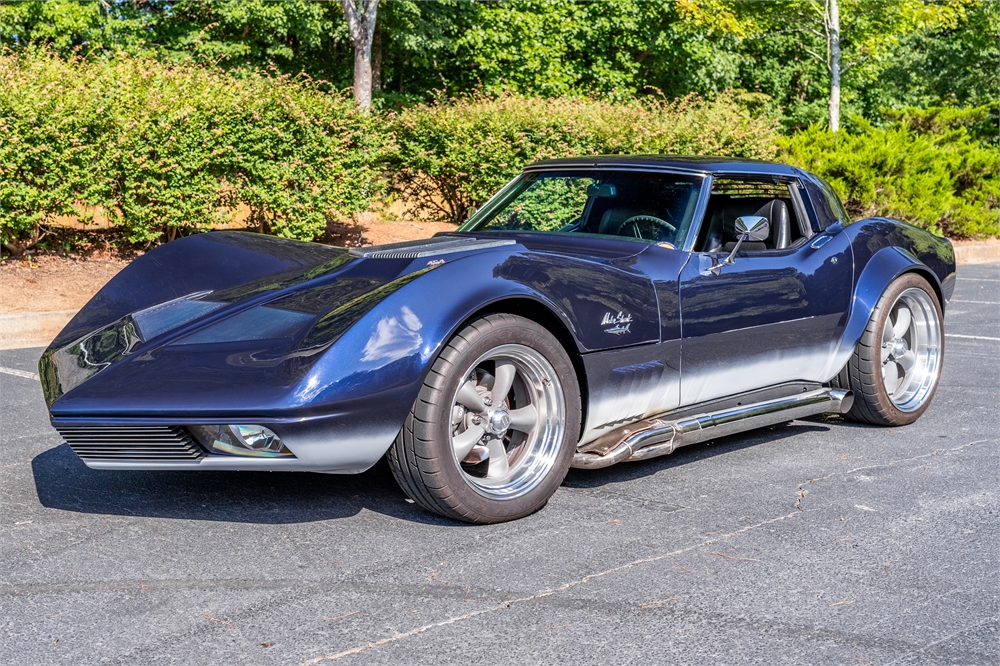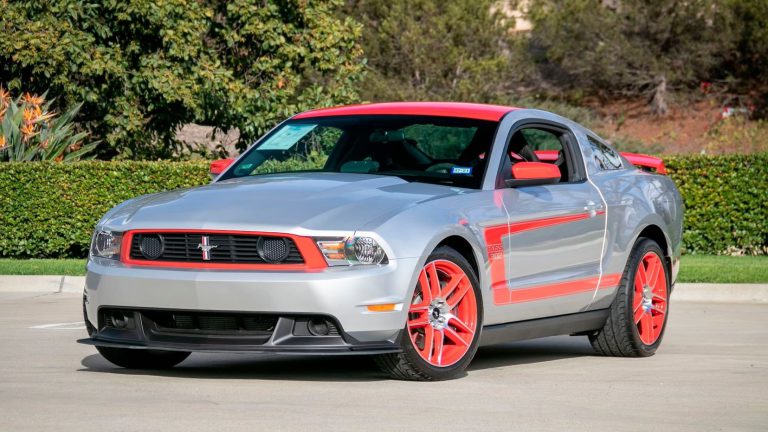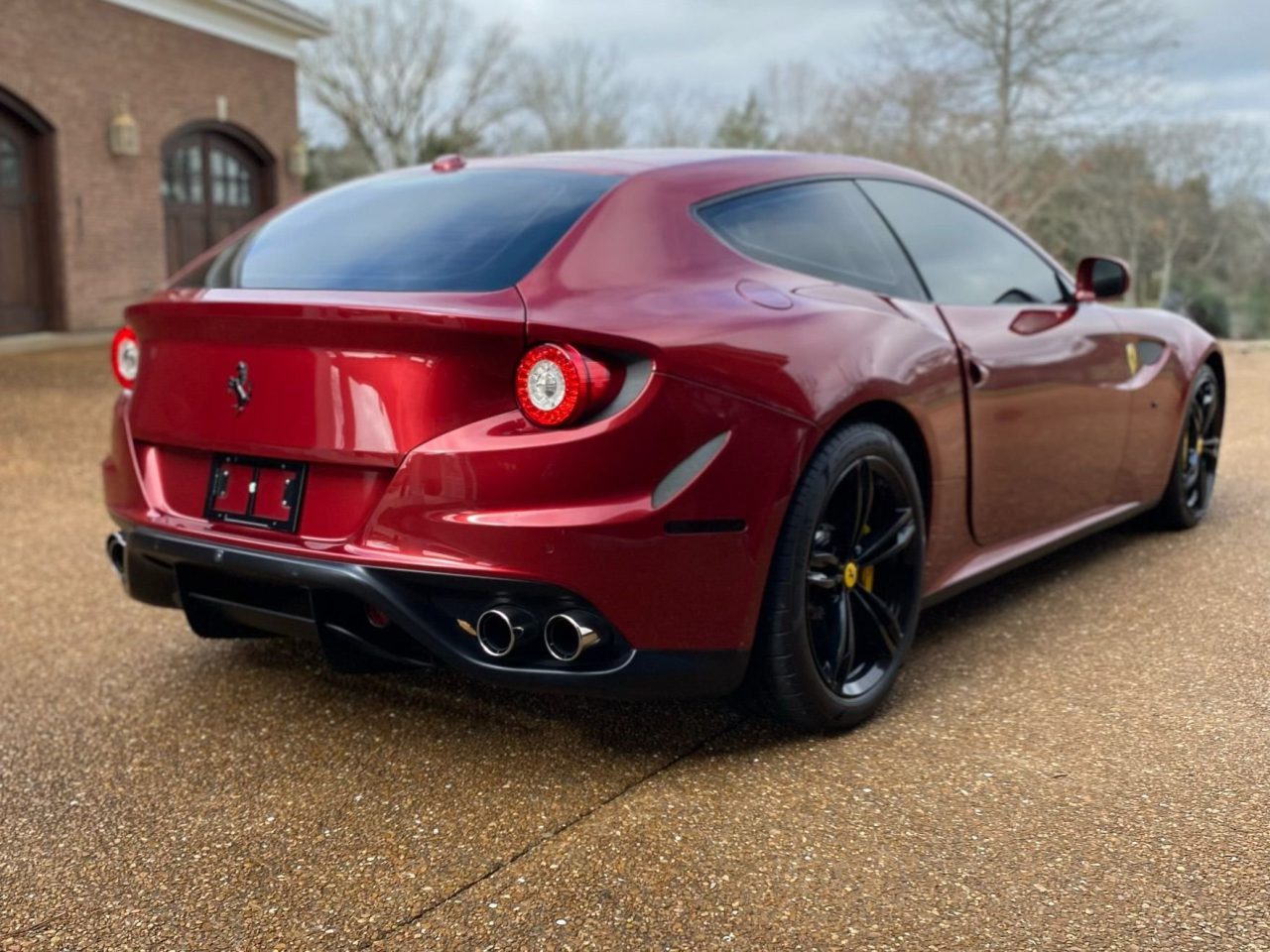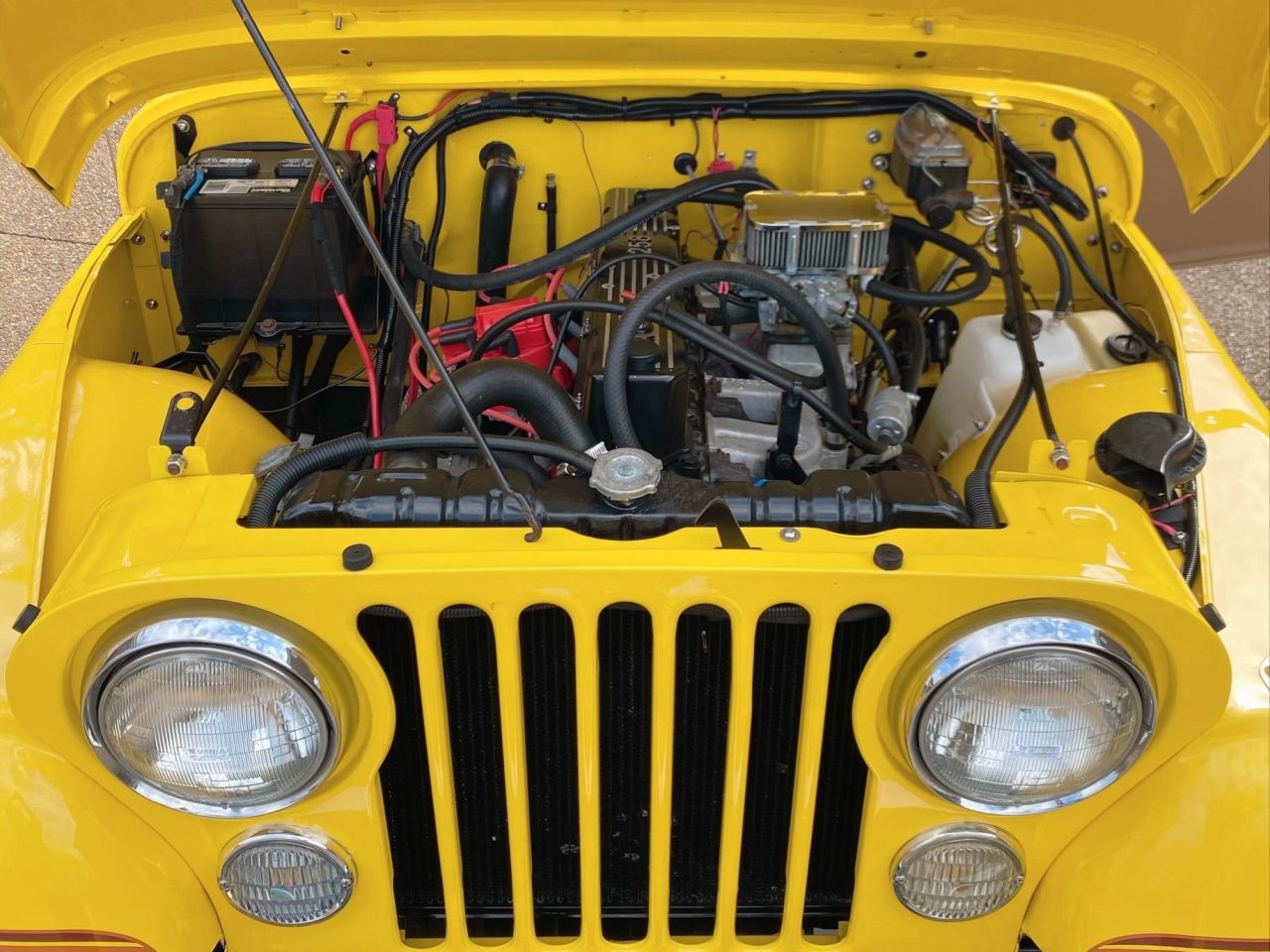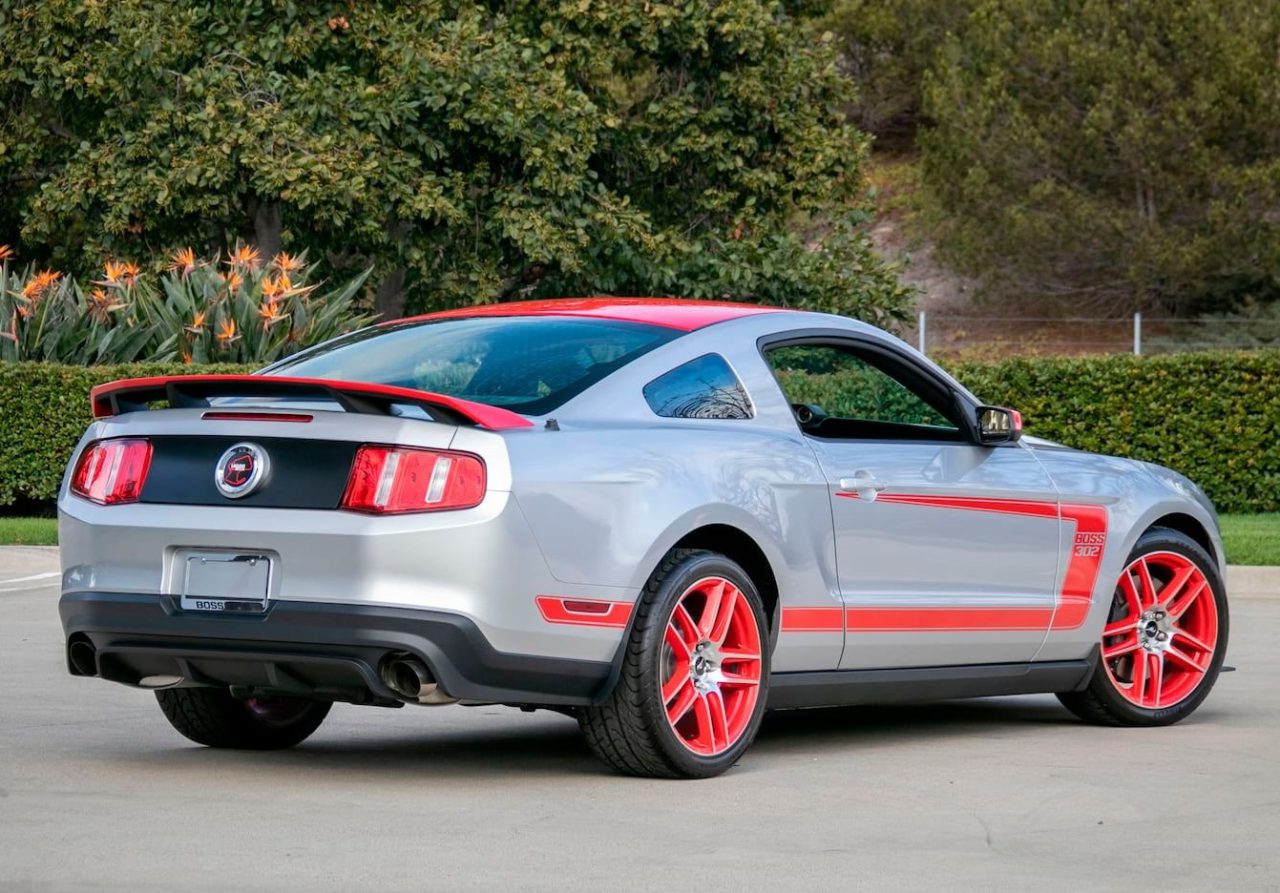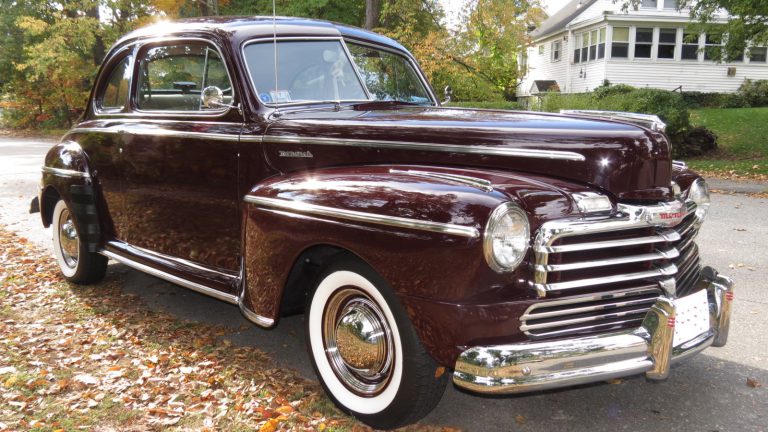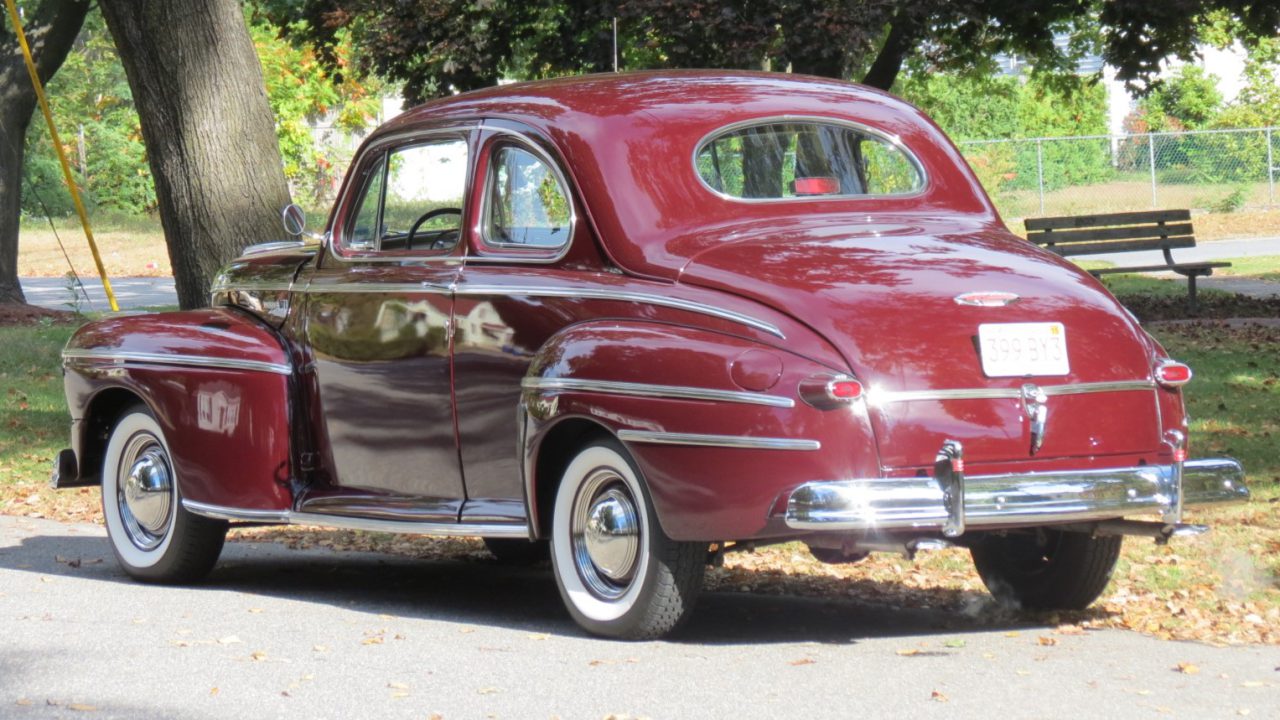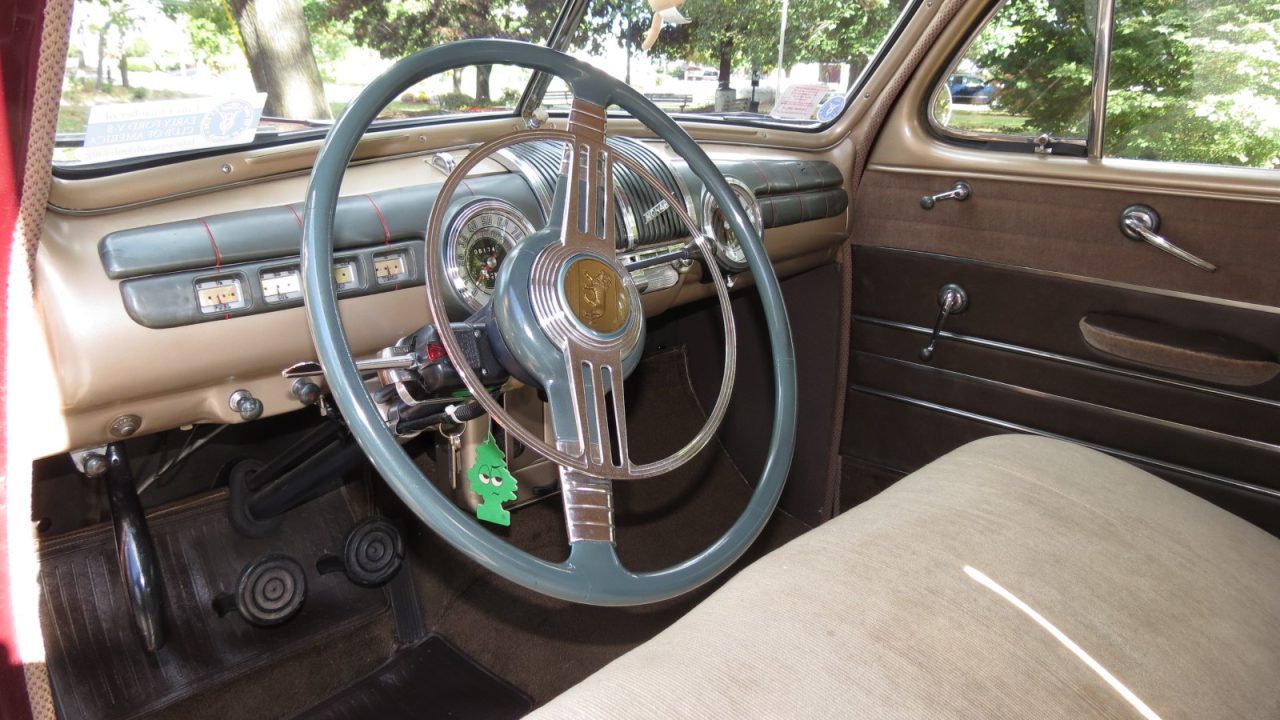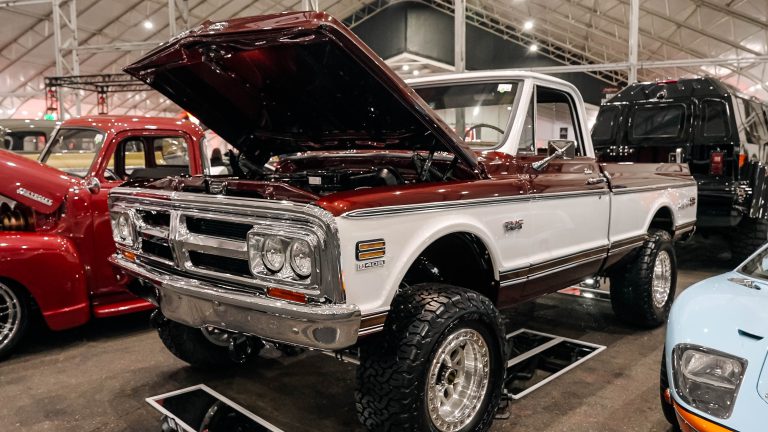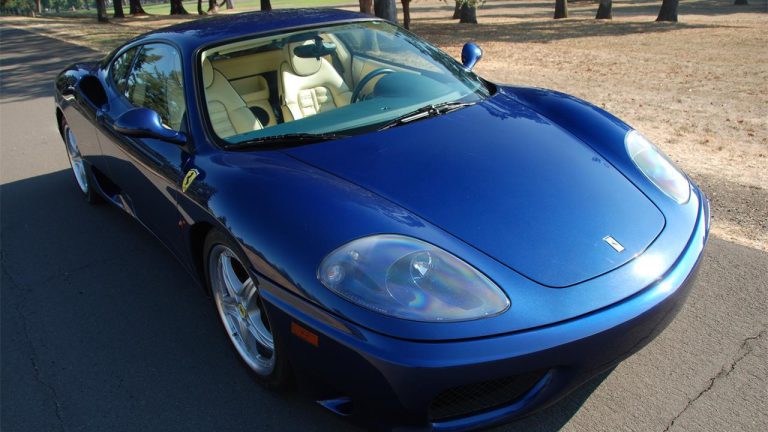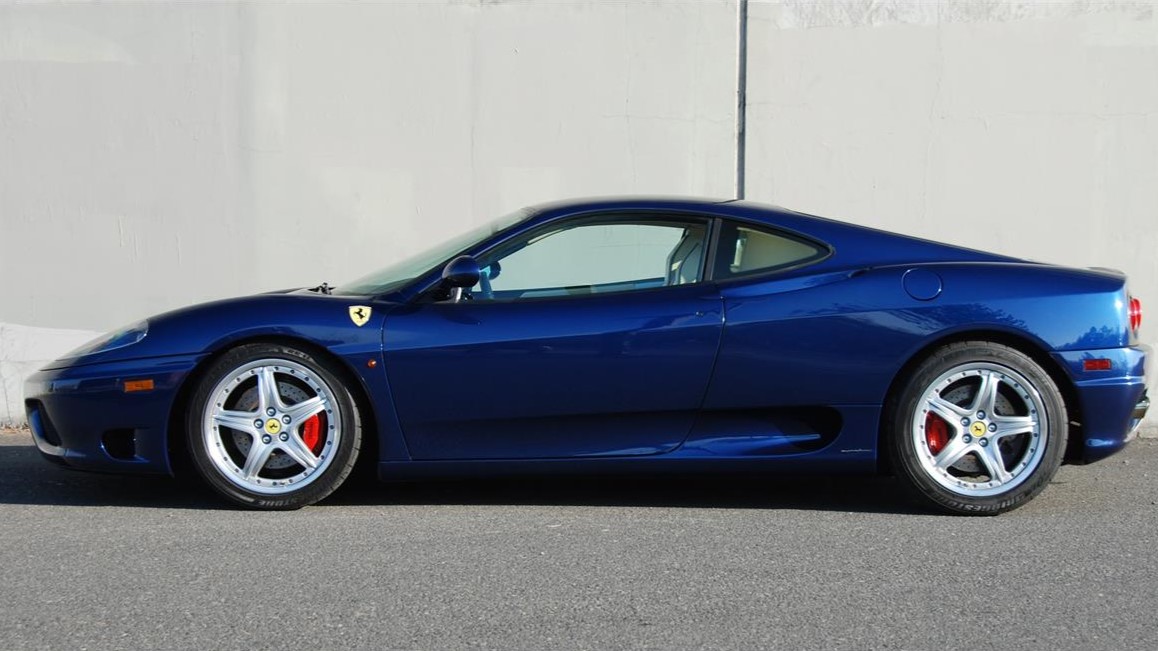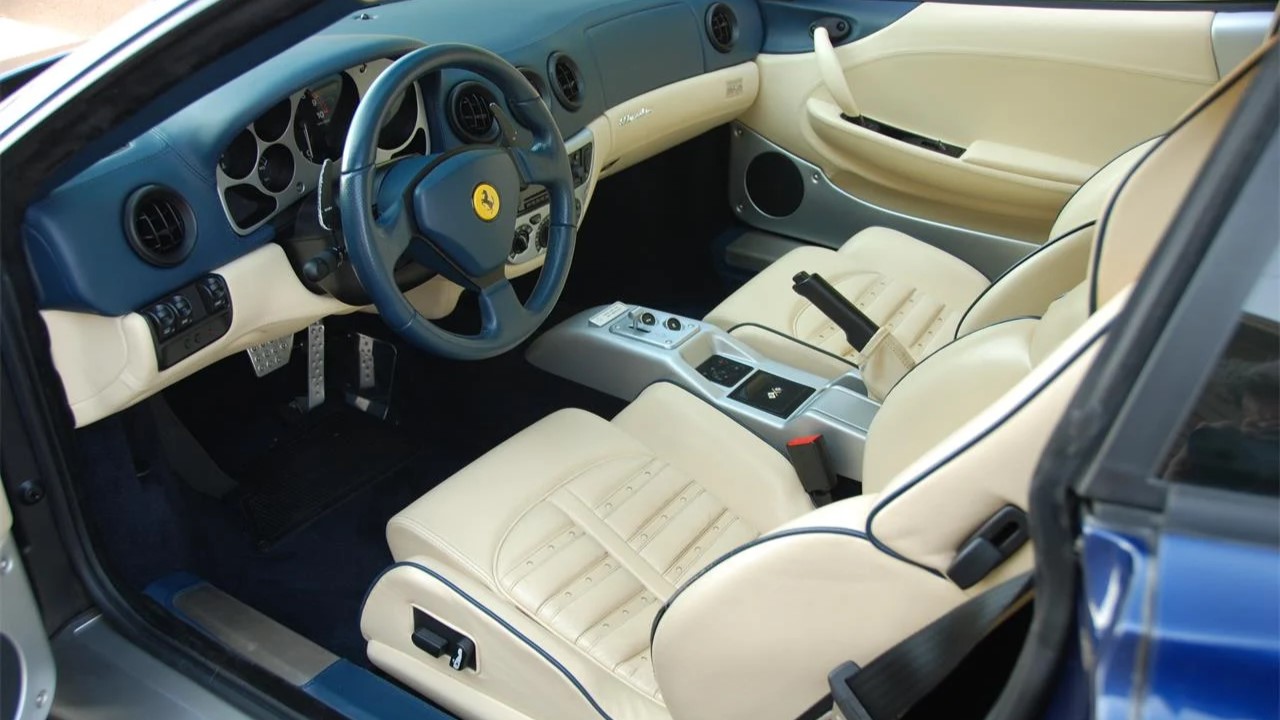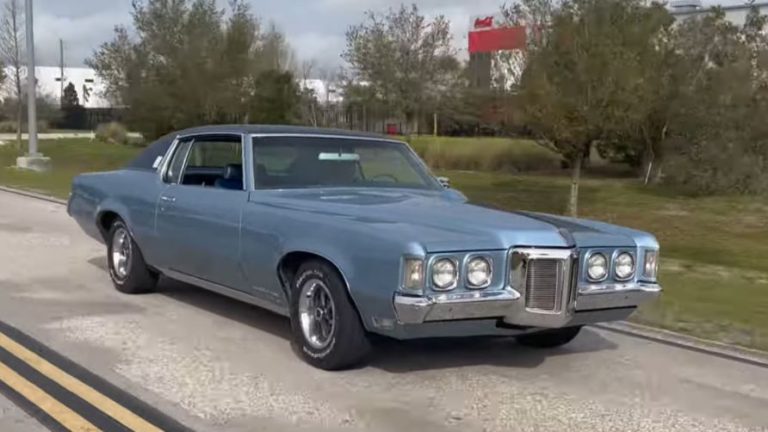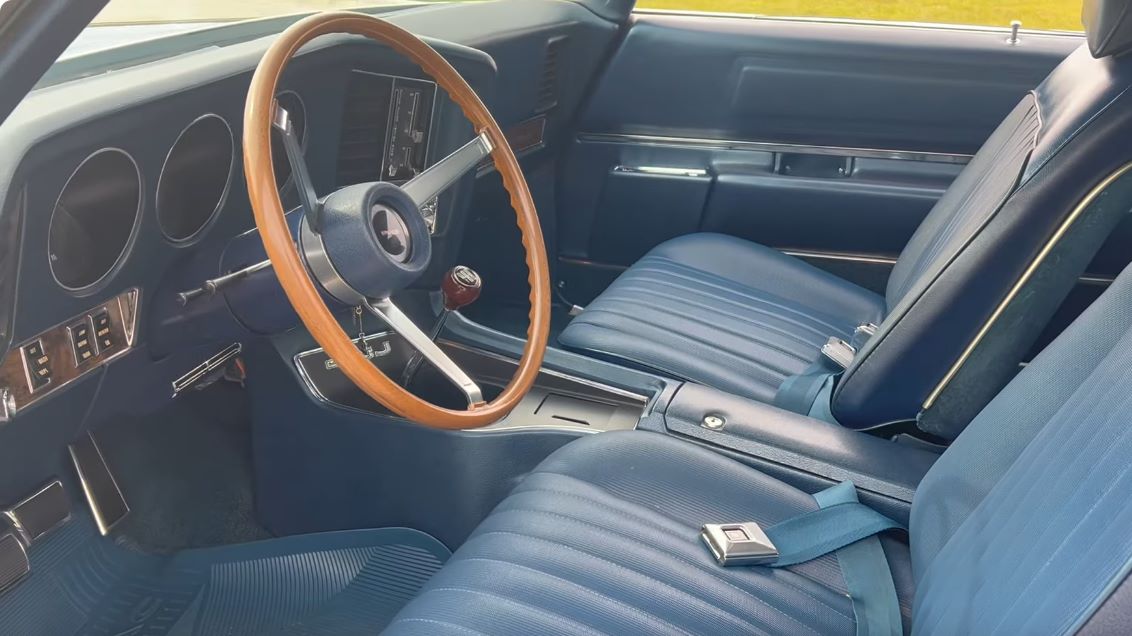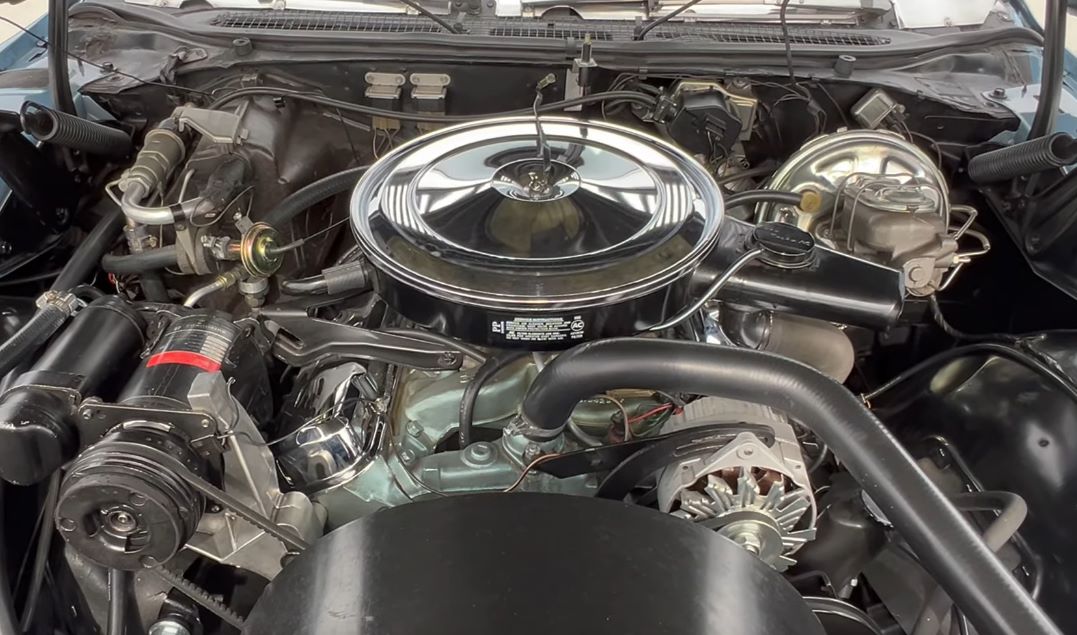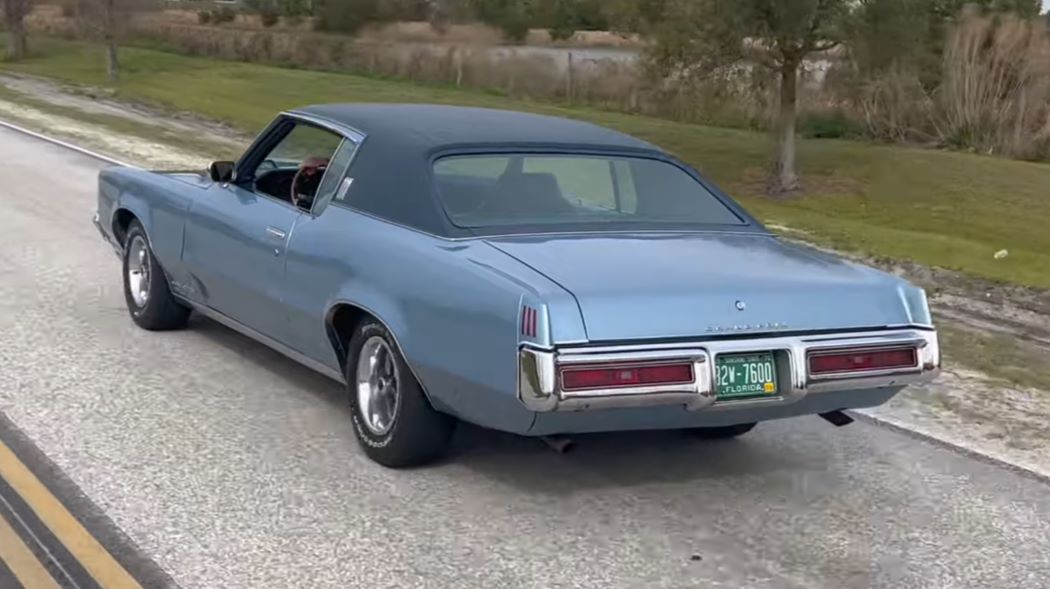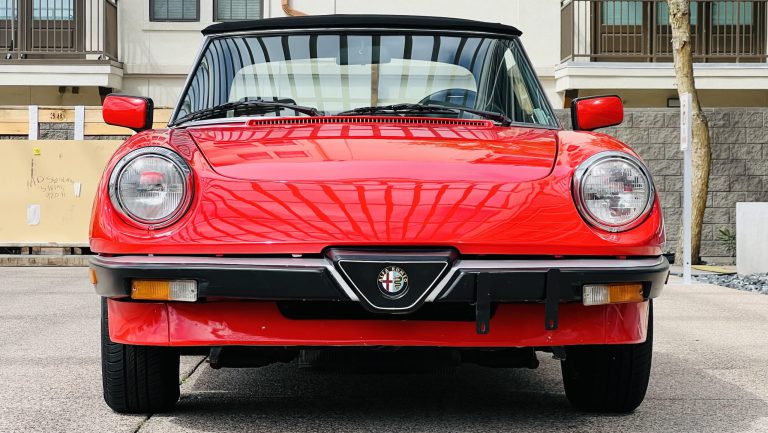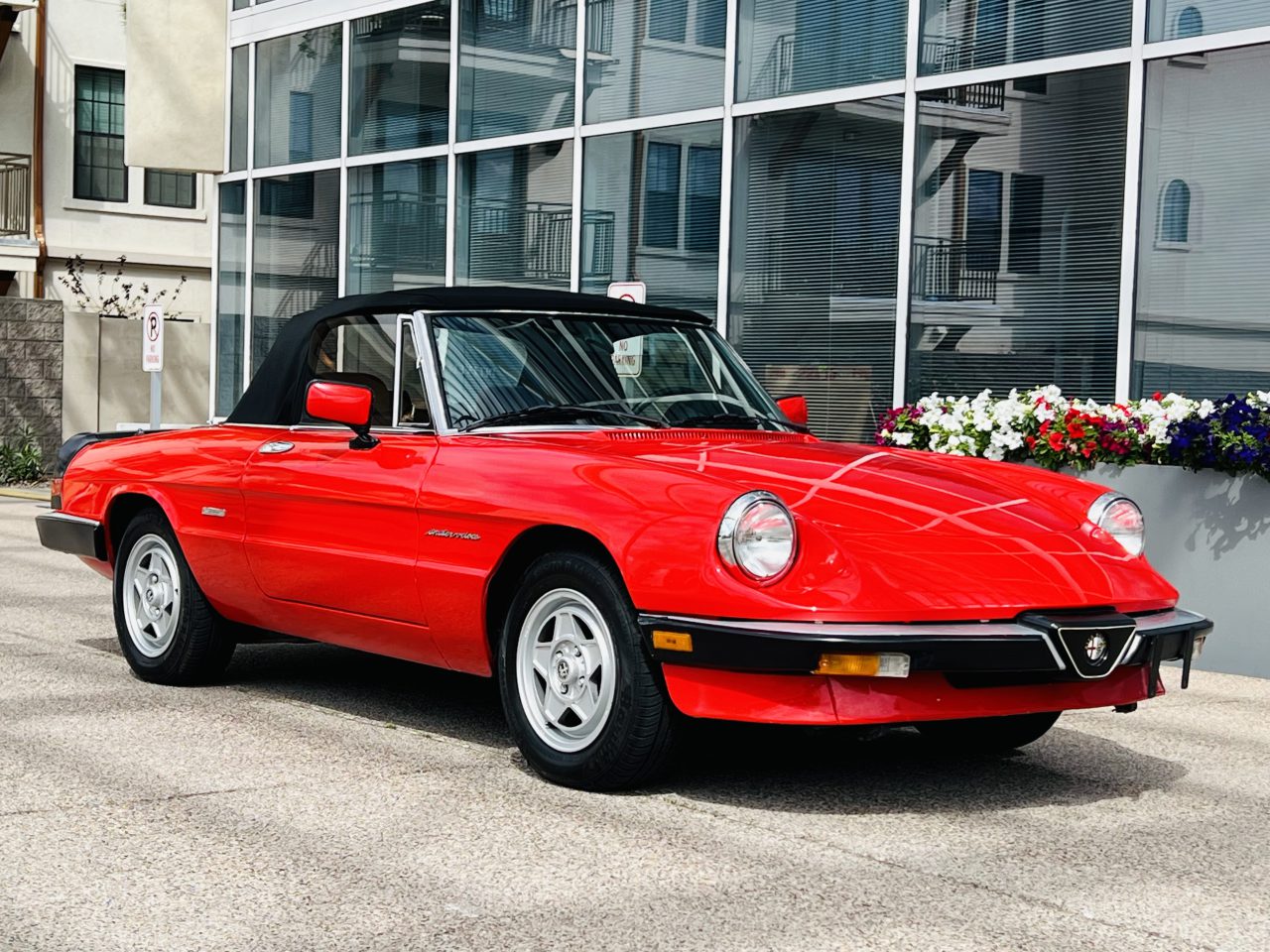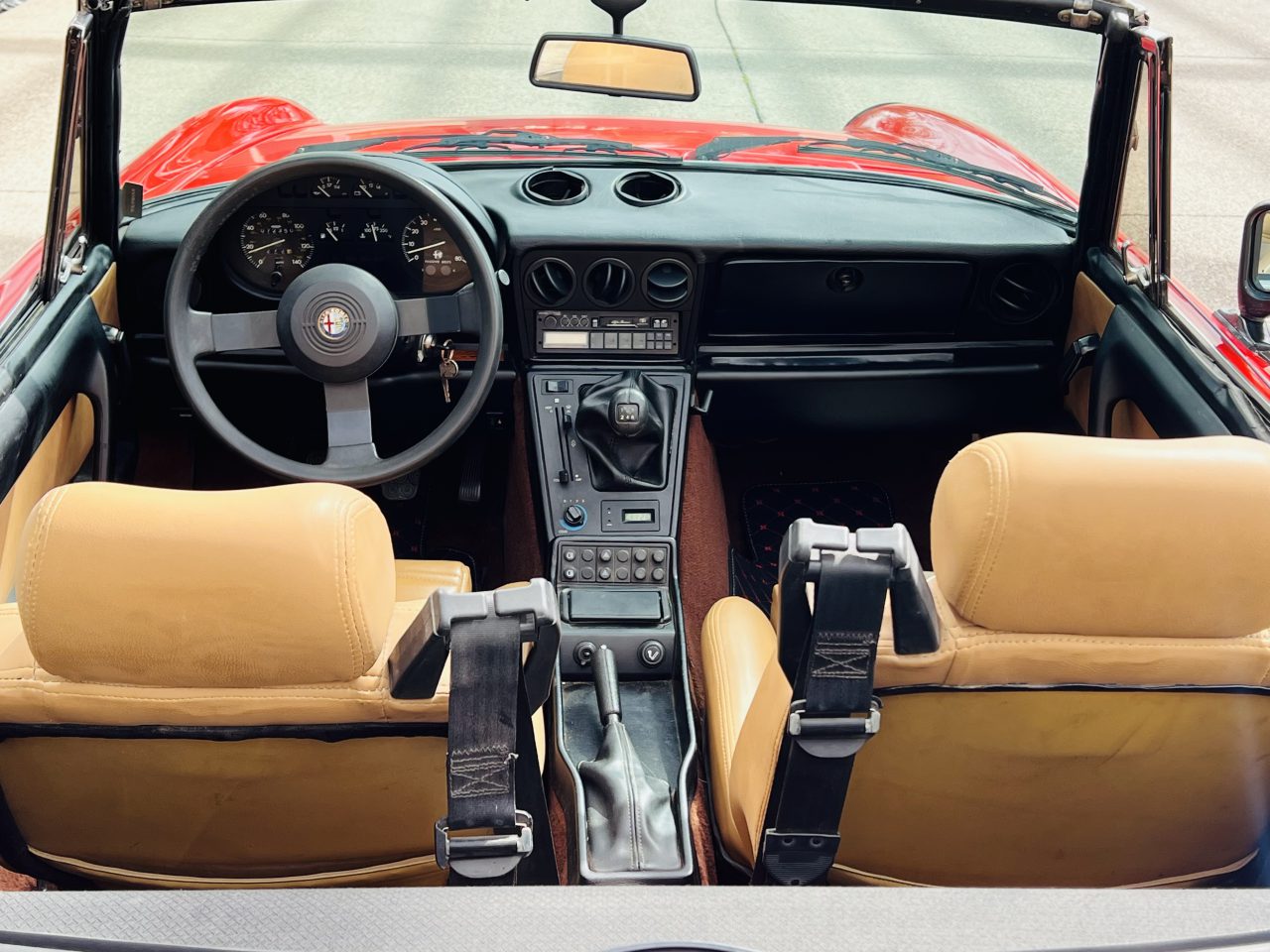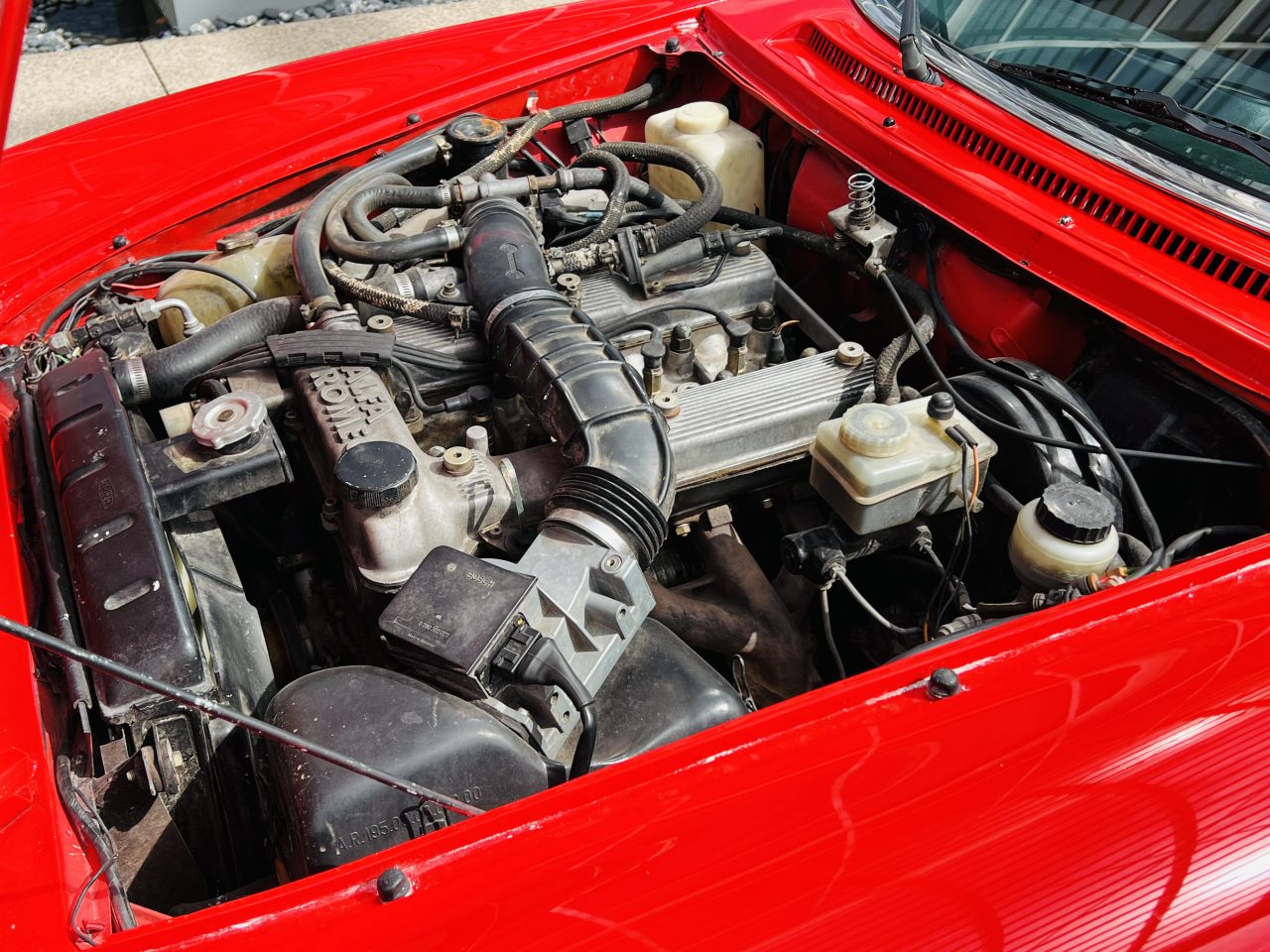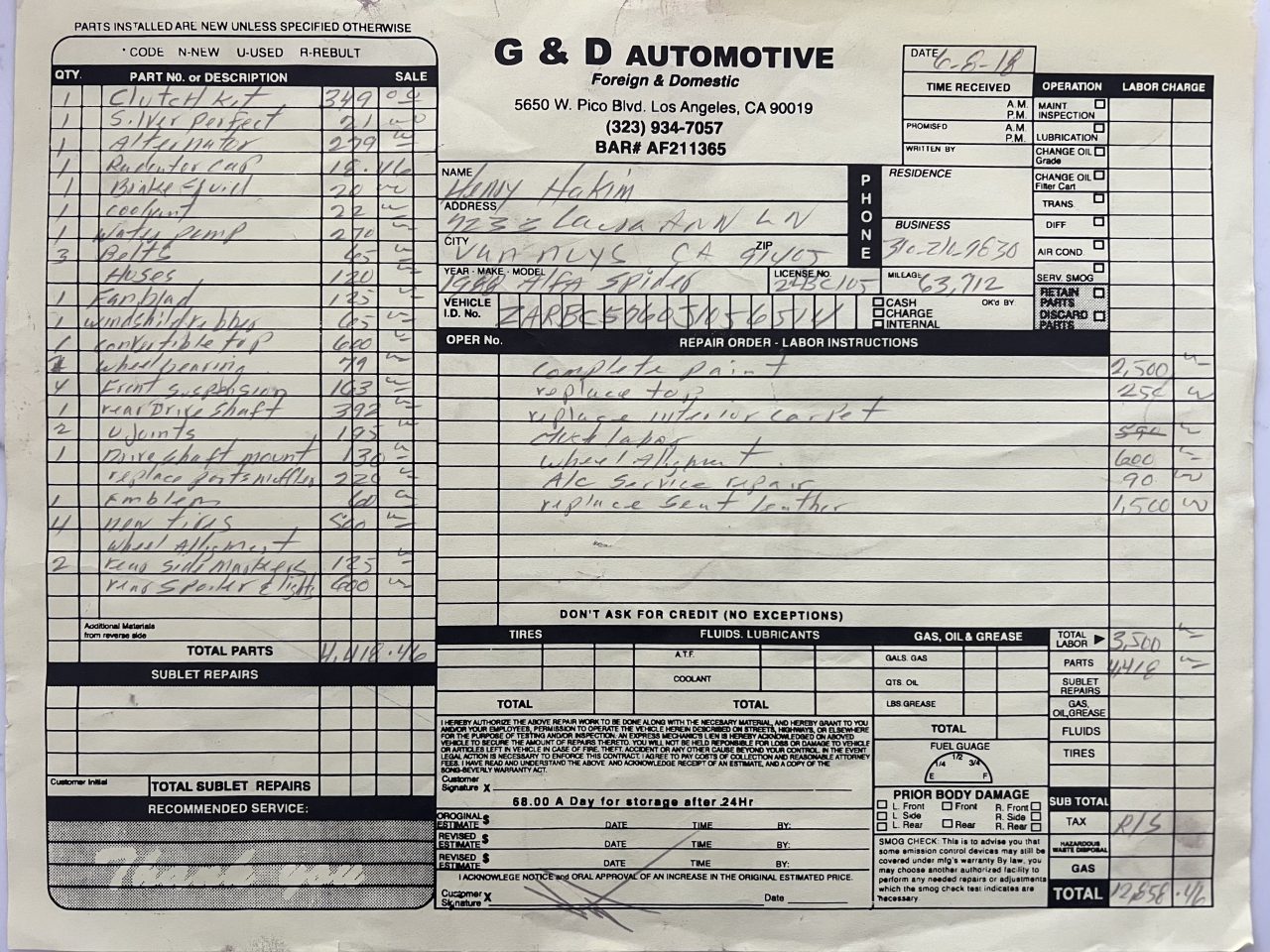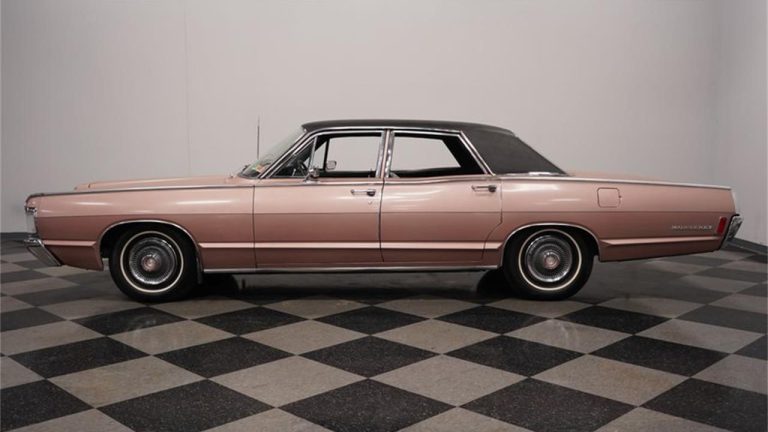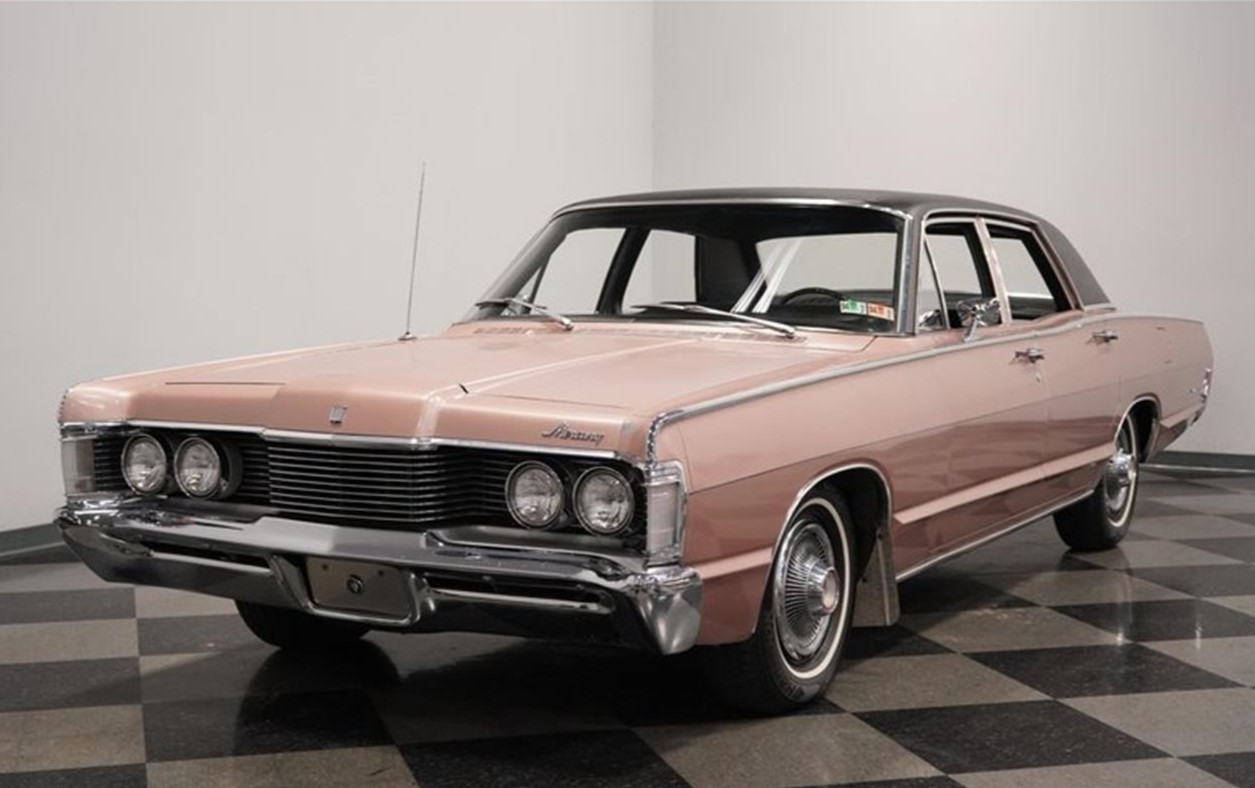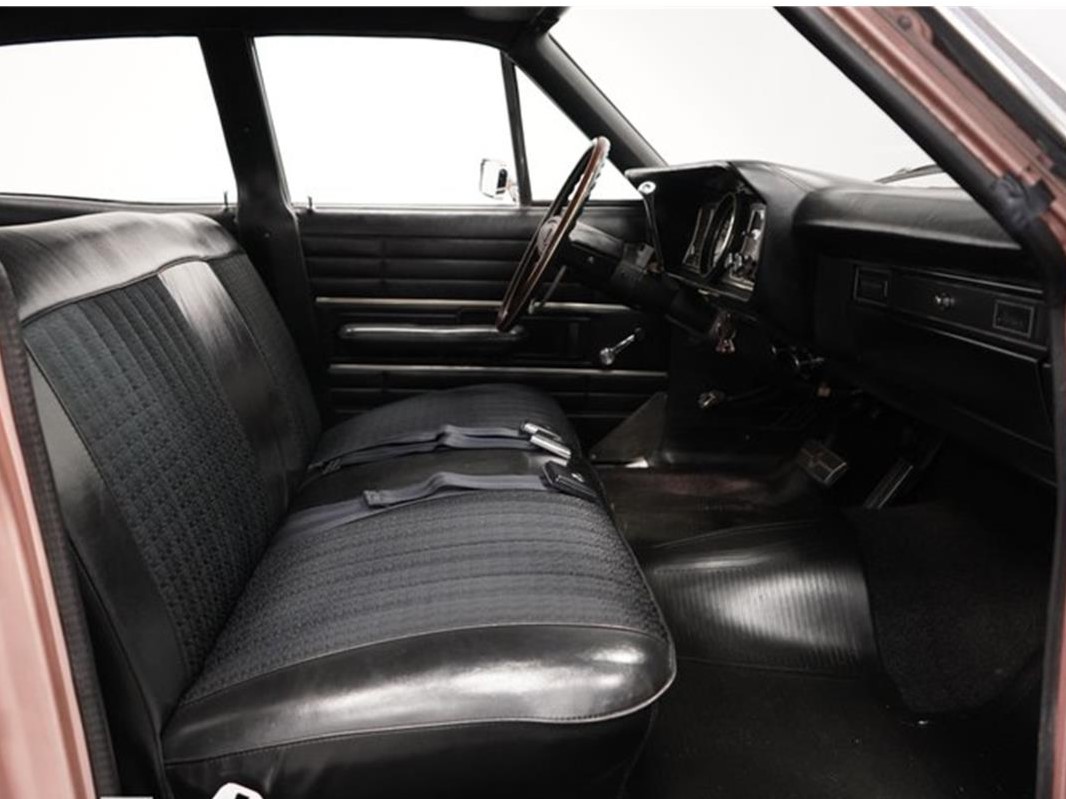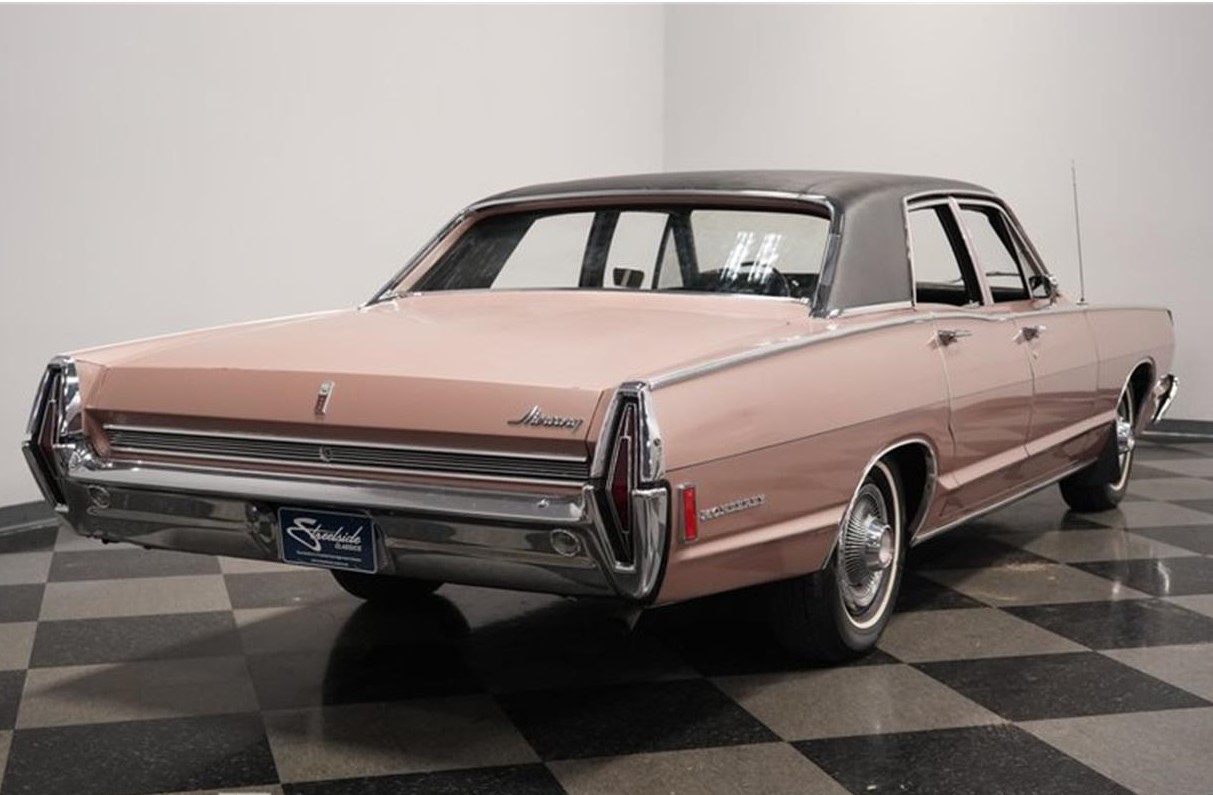As long as I can remember, my American cars have always been 1960s era pony cars. The reason is that to me these cars combine cool styling, performance, and drivability in a package that’s perfect. Of all the 1960s pony cars my all time favorite is the 1968 Pontiac Firebird coupes. Sure collectors prefer the convertible and prices reflect that, but the styling of the Firebird coupe just looks better.
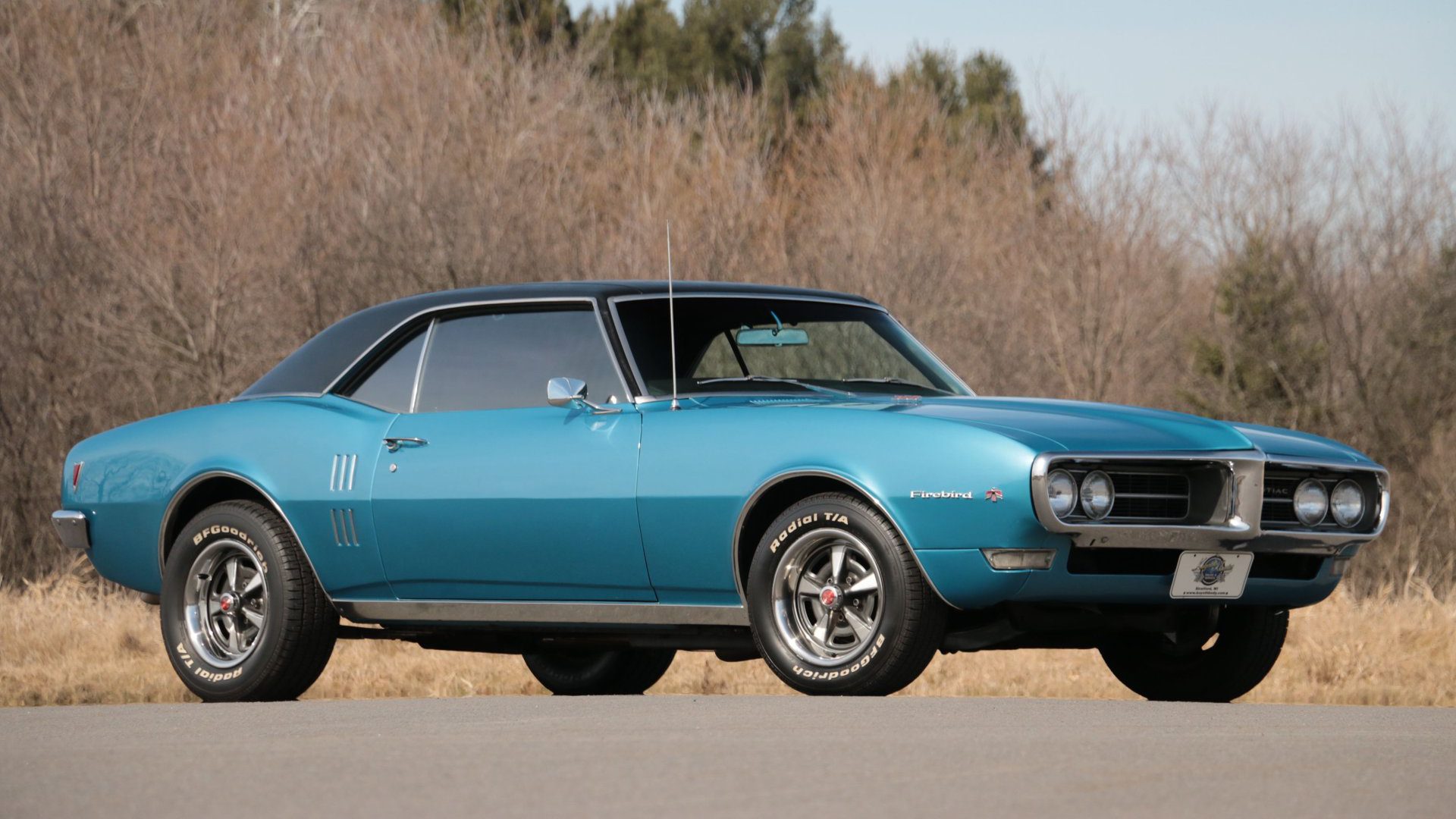
Why the 1968? Again the reason is that I feel that the second year model just nailed the styling. The front end of the 1967 model looks awkward to me, and I prefer the door windows without the vent windows. Every element in the 1968 model just works.
The Pick of the Day is one of these cars, a 1968 Pontiac Firebird 350 located at a dealer in Stratford, Wisconsin.

The seller describes this 1968 Firebird as painted in, what I am guessing is, Alpine Blue which, according to the build sheet, has been changed from its original bland Mayfair Maize. The car also has its black Cordova top, which the build sheet documents. The interior is a correct black with Strato bucket seats and a console shifter, all in line with the build sheet. Both the exterior and the interior look to be completely stock, which I like as I think additions to these cars only screw up the already perfect design.

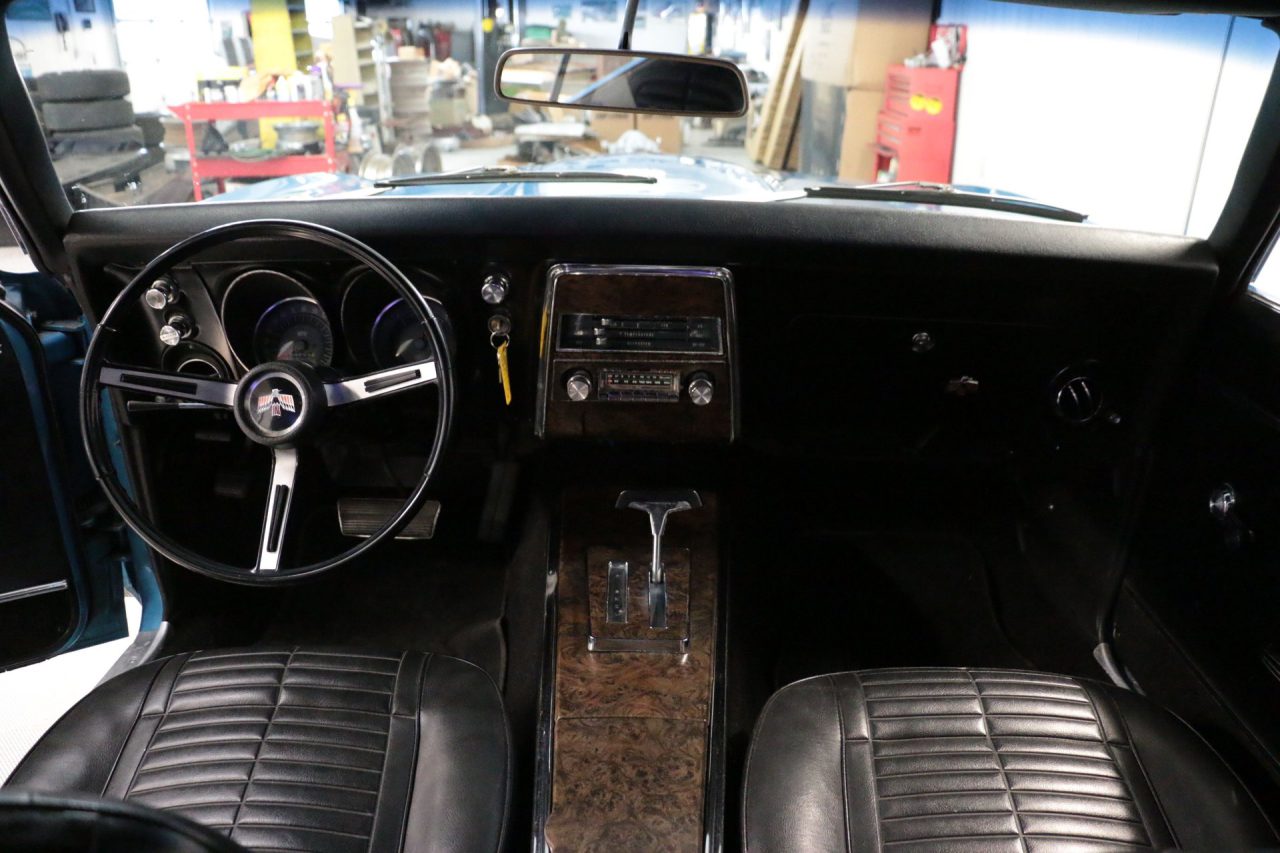
This Firebird is said to have its original 350ci V8 engine with its factory correct 2-speed automatic transmission. It does have a few nice subtle upgrades including Wildwood disc brakes, full length headers with new 3” exhaust, H-Pipe and Flowmaster mufflers, and brand new 15” BF Goodrich radials on PMD wheels.


For documentation it doesn’t get much better than this Firebird, as it still has its two original broadcast (built) sheets, original invoice from when purchased brand new.
All the details of this car look right, including the trunk lining, factory stickers, radio, everything. I personally think the color change is a great thing, as the yellow is a weak color on these cars.
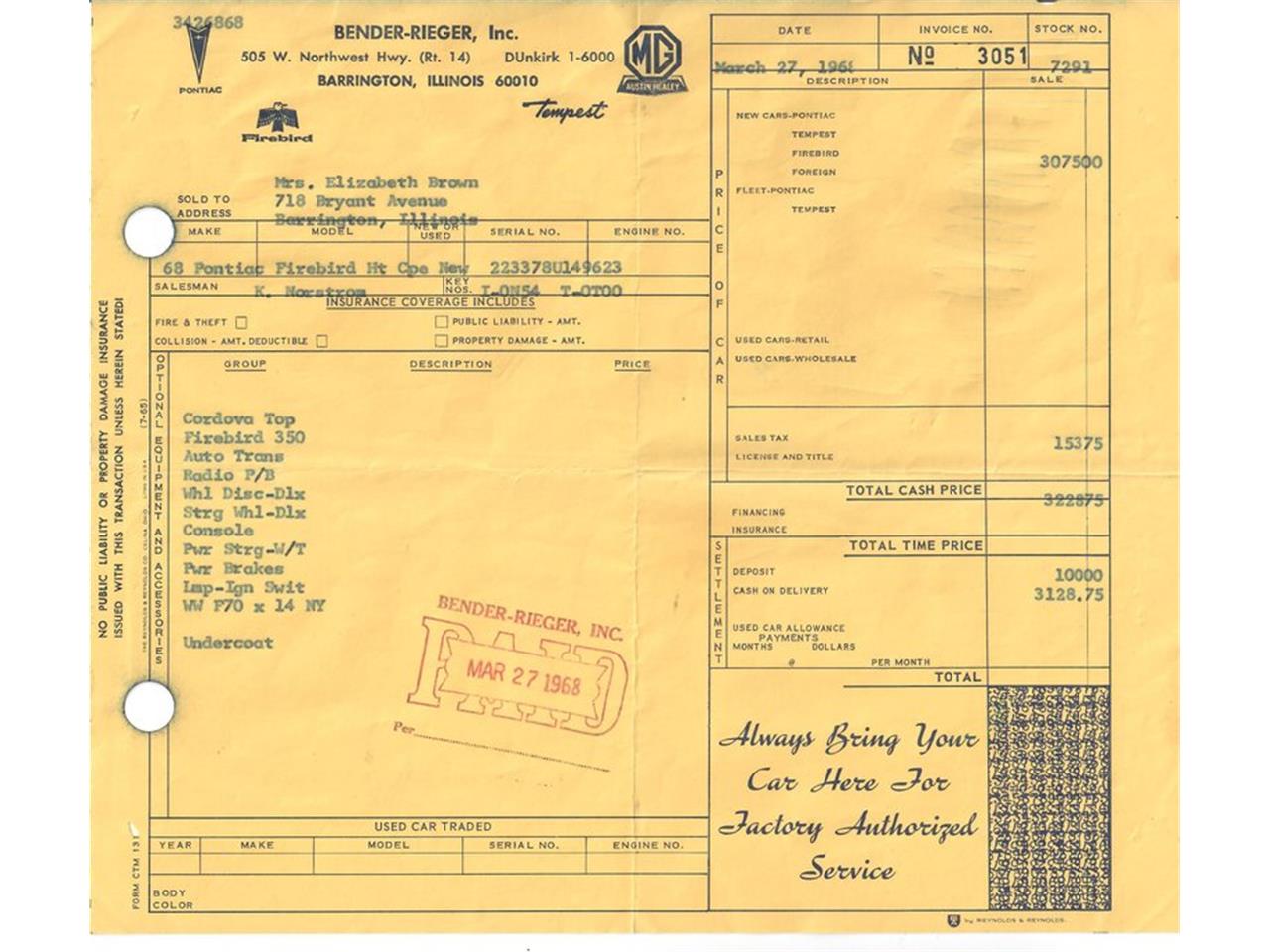
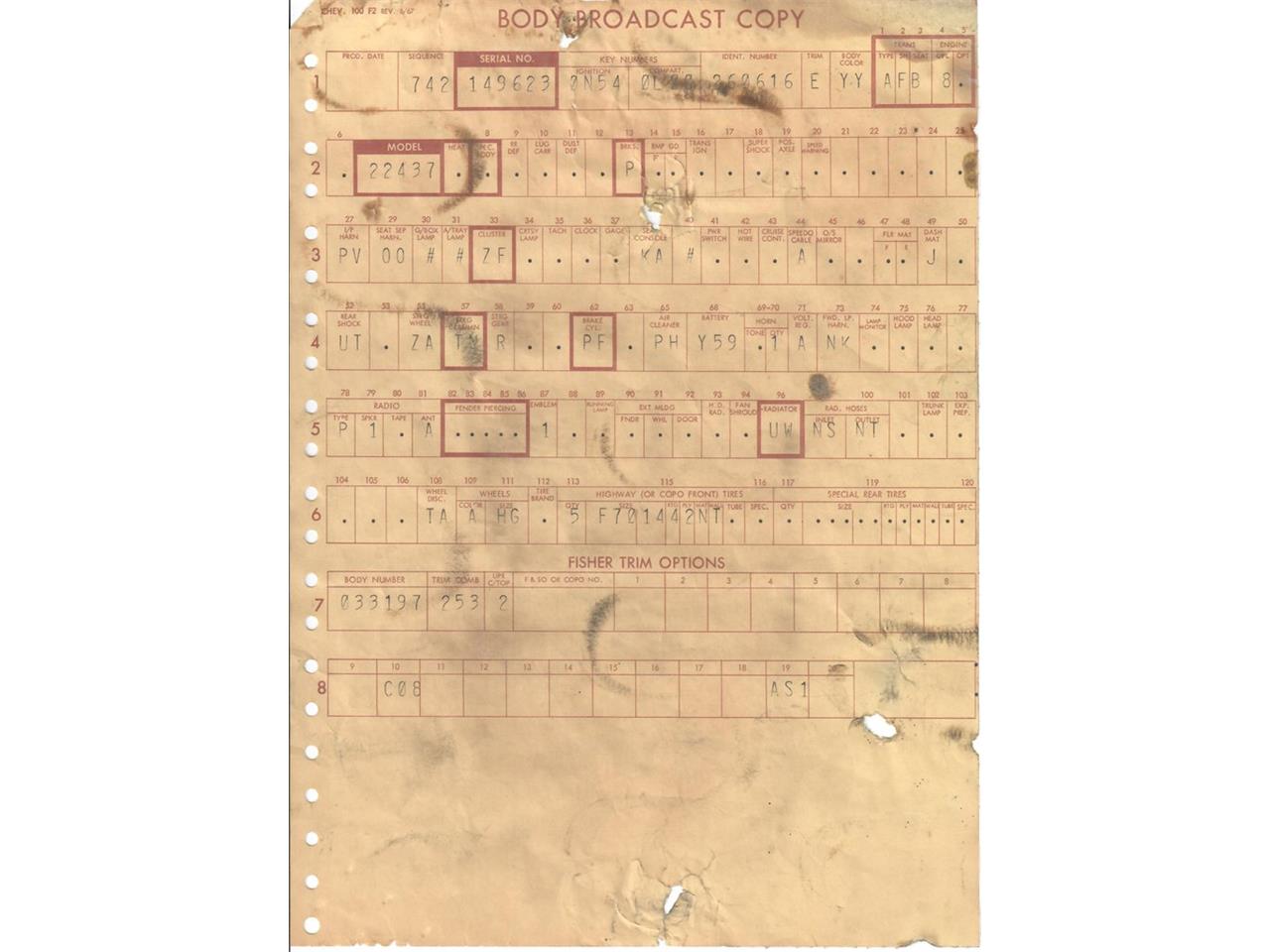
The Firebird for years always seemed to be worth less than its Camaro stablemate, something that has surprised me since when new the Firebird cost more. However, these days the Firebird and Camaro are about equal in value.

This 1968 Firebird looks like the kind of example the you could drive and show for years and enjoy every minute of that time. The asking price of $42,900 seems quite fair for an example this nice.
Click here for this ClassicCars.com Pick of the Day.


